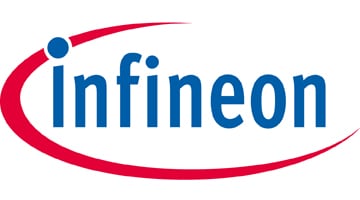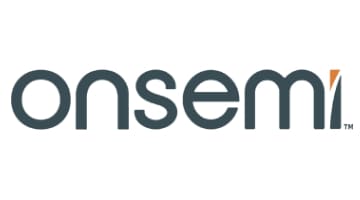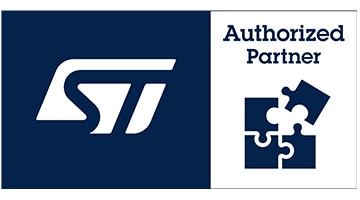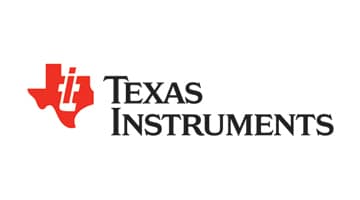Overview
| Topology | Other Topology |
Description
The LSI CFAXxx chip set is a two-chip solution consisting of an LSI CFAXxx modem controller and a CSP1040 DAA.
The CFAXxx devices support FAX modes with rates up to 33.6 kbits/s and include support for ECM using an on-chip 64 Kbyte buffer. The CFAX device is available in a 48-pin TQFP suitable for most applications. In this package, the internal ARM7 is running from the on-chip ROM. For code development and for applications where customized code is required, the CFAX device is also offered in a 100 FSBGA package.Figure 2 shows a typical application using a CFAX34 modem controller along with a CSP1040 silicon DAA to add FAX capability to a system.All CFAX devices support a PWM output for low-cost audio and an optional T38 audio codec for applications requiring a digitally connected handset or microphone and speaker for telephone answering machine or speakerphone applications. The T38 codec provides both single-ended and differential inputs and outputs tailored for use with mic/speaker and handsets.
Features
- Two-chip modem solution:
— CFAXxx modem in 48-pin TQFP or 100 FSBGA with external memory interface.
— CSP1040 DAA in 20-pin ETSSOP.
- FAX mode capabilities:
— ITU-T T.31 (FAX class 1) interface.
— ITU-T T.32 (FAX class 2.1) interface.
— V.34: 33600—2400 bits/s (CFAX34 only).
— V.17: 14400—2400 bits/s.
— V.29, V.27, V.21.
— ECM with on-chip 64 Kbytes buffer.
- CFAX modem controller includes:
— ARM7 microcontroller with on-chip RAM and ROM.
— DP3S with on-chip RAM and ROM.
— DAA interface and filters.
— Host interface configurable for 8-bit parallel,serial, or SPI mode.
— On-chip PWM speaker driver.
— SIO interface for audio codec used in voice and handset applications.
— Internal PLL with external low-cost crystal.
- Hardware support for pulse dialing for accurate make/break timing.
- Hardware support for ringing level and frequency qualification for accurate ring detection.
- Line-in-use and remote handset detection.
- Single 3.3 V supply required for chip set.
- Worldwide caller ID support.
Typical applications
- Multiport FAX servers
- Multifunction printers (MFPs)
- FAX machines






